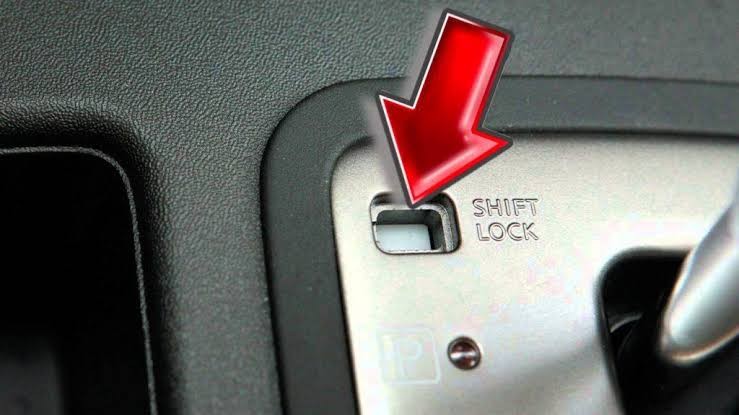Learn about the shift lock mechanism in automatic transmissions, its purpose, how to use it, and when it should be used. Ensure safe and convenient shifting with this important safety feature.
Automatic transmissions offer various features to enhance convenience and safety during driving. One such crucial feature is the shift lock mechanism, designed to prevent accidental shifting out of park without engaging the brake pedal. In this comprehensive guide, we'll explore what a shift lock is, how it works, and when to use it, ensuring a safe and informed driving experience.
What is a Shift Lock?
The shift lock is a vital safety feature integrated into most automatic transmissions. Its primary purpose is to safeguard against unintentional shifting of the transmission out of park mode, especially when the vehicle is parked on a slope. Typically located on the gear selector, which is commonly situated on the center console, the shift lock ensures the car remains stationary until the driver is ready to move.
How to Use the Shift Lock:
Using the shift lock requires a simple procedure. First, turn on the ignition and depress the brake pedal firmly. With the brake pedal engaged, you can then move the gear selector from the park position to the desired gear, allowing smooth transition and safe driving. However, it's essential to be aware that specific vehicles may have unique requirements to activate the shift lock. Some models might necessitate pressing a button or pulling a lever before shifting the gear selector. For precise instructions on your vehicle's shift lock operation, refer to the owner's manual.
When to Use the Shift Lock:
The shift lock should be utilized every time you need to shift the automatic transmission out of park. This includes starting the engine, changing gears, and especially when parking on inclines. By using the shift lock, you significantly reduce the risk of the vehicle rolling away unintentionally, thereby ensuring the safety of both the vehicle occupants and the surroundings.
Conclusion:
In conclusion, the shift lock mechanism is a crucial safety feature found in most automatic transmissions. Its purpose is to prevent accidental shifting out of park without engaging the brake pedal, ensuring optimal safety while driving. Remember to activate the shift lock whenever you need to shift the transmission out of park, especially when parking on inclines. By using this essential feature, you can confidently enjoy a safe and secure driving experience. For specific instructions on your vehicle's shift lock functionality, always consult the owner's manual.

Comments (0)
Please login to join the discussion
Be the first to comment on this article!
Share your thoughts and start the discussion